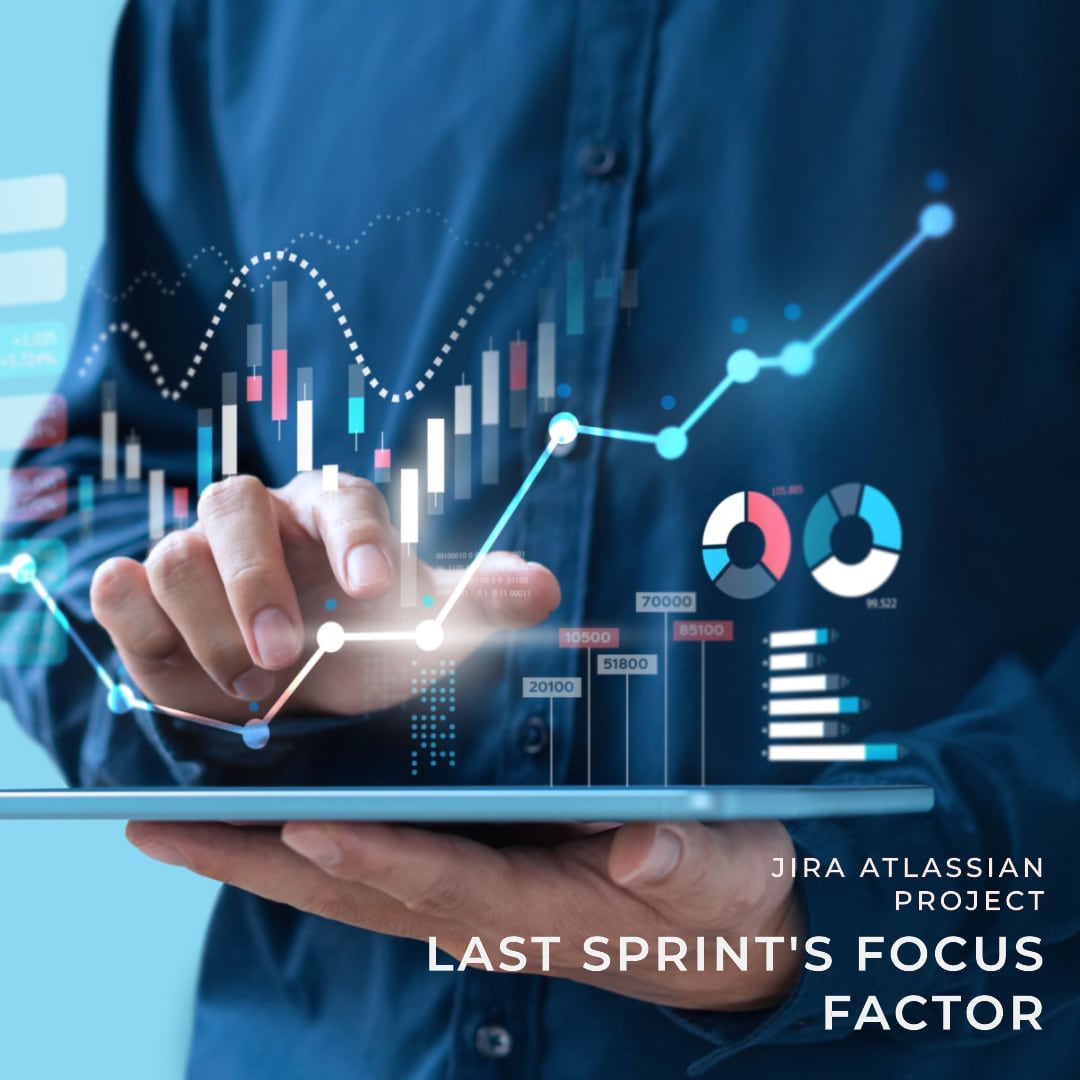Dynamics: Mastering Values, Leadership,
and Change» (ISBN-13: 978-1405133562)

I think you are familiar with the book Henrik Kniberg "Scrum and XP from the Trenches" where the formula in the cover image (and others) was taken. So, despite the difficulties of 2022, we continued to work on developing our pet project.
According to official data, the number of working days in 2022 was 257. This is the data for the denominator in the formula - available man-days.
Use the Timesheet Tracking for Jira to know еру data for the numerator in the formula - actual velocity. Actual velocity is the sum of the initial estimates of all stories completed in the last sprint.
I took the data for the last 2022 year, which equals 697 hours or 87.125 days.

Focus factor = 87.125 / 257 = 0.339 or 33.9% last 2022.

What does this number mean? Do you think this is good or bad? How to apply it?
The focus factor is an estimate of how focused the team is. A low focus factor may mean that the team expects many disturbances or expects their time estimates to be optimistic.
The pet project took 33.9% of the time, meaning 8 * 0.339 = 2.71 hours of extra work every weekday or on weekends in the demanding conditions of 2022.
The example in the book shows a focus factor value of 40% for a dedicated project, so 33.9% for the pet project is an excellent value. Though, the default focus factor Henrik Kniberg uses for new teams is usually 70% since that is where most of our other teams have ended up over time.

I can use the value of the focus factor to calculate the estimated velocity.

Thus, if in 2023 we have 250 working days and a backlog with tasks estimated at 1000 hours (125 days) and the situation does not improve, then:
1) in 2023, we predict completing only 84.75 days (678 hours),
2) the remaining 40.25 days (322 hours) we predict to complete in 2024.
Look at the focus factor and actual velocity from the last sprint or any period. Next, look at your total resource availability this sprint or any period and estimate a focus factor. Discuss any differences between these two focus factors and make adjustments as necessary.
